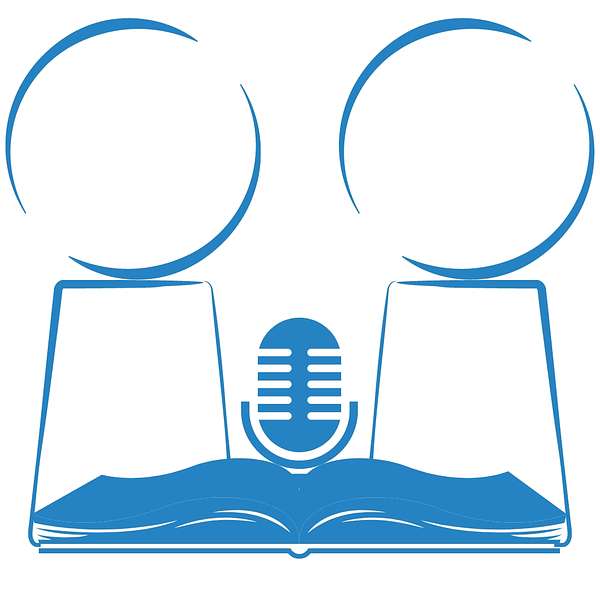
TALC Chats Podcast
Supported by Tacoma Area Literacy Council Volunteers.
This podcast supports American-English language learners by strengthening listening and comprehension skills. In addition, this podcast focuses on pronunciation challenges, idioms, and expressions in the American- English language.
Contact info: https://tacomaliteracy.org/ ph. 253-272-2471
TALC Chats Podcast
# 39 - "I see a bear."🐻 " I'm looking at a bear."🐻 "I'm watching a bear." 🐻 What's the difference?
Can you see me? Are you looking at me? Are you watching me? “see”, “look” and “watch". We use those three little words a lot in English. Each word means to do something – an action with our eyes.
But…do they all mean the same thing? No, they don’t! And it’s easy to confuse them. Today let’s look at the differences between see, look and watch.
First, when do we use “see”? Well, we usually use “see” when we are talking about using our sense of sight without trying. We open our eyes in the morning, and we see our bedroom. We don’t try to see our room. We don’t make any effort. Our eyes just sense the objects in our room and we see them. I see Latonya sitting across from me.
When do we use look? We use look when we direct our eyes at something on purpose. We focus on something when we look at it. Notice we usually use the preposition “at” with look. “I am looking at Latonya.” I am focusing my attention on her.
We often use “look” as a command when we want to focus another person’s attention on something: “Look at me!” “Look at that house.”
We also use “look + for” when we are talking about trying to find something. “Mary is looking for her car keys.”
One more way we use look: When we talk about things or people that have a similar appearance, we use “look + like”: “ She looks like her mother.” “Your phone looks like mine.”
Finally, when do we use watch?
We use watch when we are talking about looking (focusing our eyes) at someone or something for a period of time. “Joe watches lots of movies on TV. “ “I watched the football game last night.”
We also use watch when we talk about taking care of an animal or person/(usually a child) for someone else. “My friend watches my dog when I am away from home.”
Oh…and we also use watch as a noun – a thing – meaning that object you wear on your wrist to tell you what time it is. “Do you wear a watch?”
Listen for "see", "look" and "watch" in our conversation in “slowish” English.
A: Did you watch that movie on Netflix last night?
B: No, I didn’t watch TV last night. I was watching my niece for my sister. We looked at old pictures of her mom and me when we were kids.
A: Cool! Can I look at them too? I would like to see what you looked like when you were a kid.
B: Sure, look at this picture of me with my friends when I was 16.
A: Just a sec. I need to look for my glasses. I can’t see a thing without them.
B: Yeah, that’s right. I never see you without your glasses.
A: OK! I have my glasses. I’m ready to look at the picture.
B: OK… Look at the picture and tell me if you see me.
A: No, I can’t see anyone who looks like you. But wow! Look at all that big hair and those crazy bell bottom jeans!!!
B: Look for the girl with the biggest hair and the craziest jeans!
A: OK! Now I see which one is you!
…and now, listen to the same conversation a little faster…
Bye for now, dear listener. Look for the next podcast!
Tacomaliteracy.org